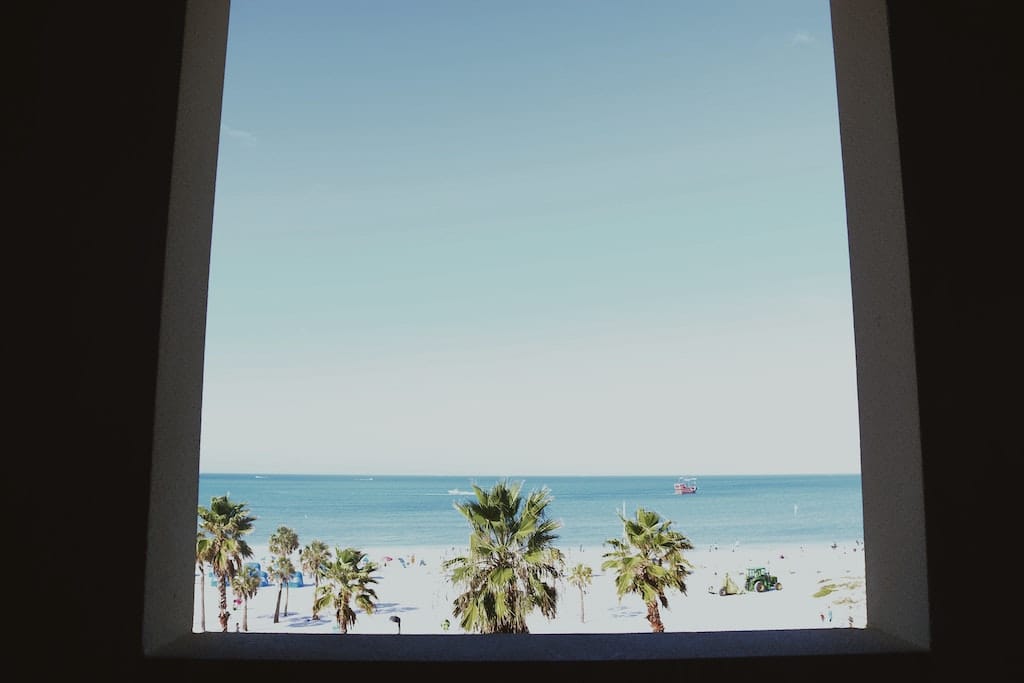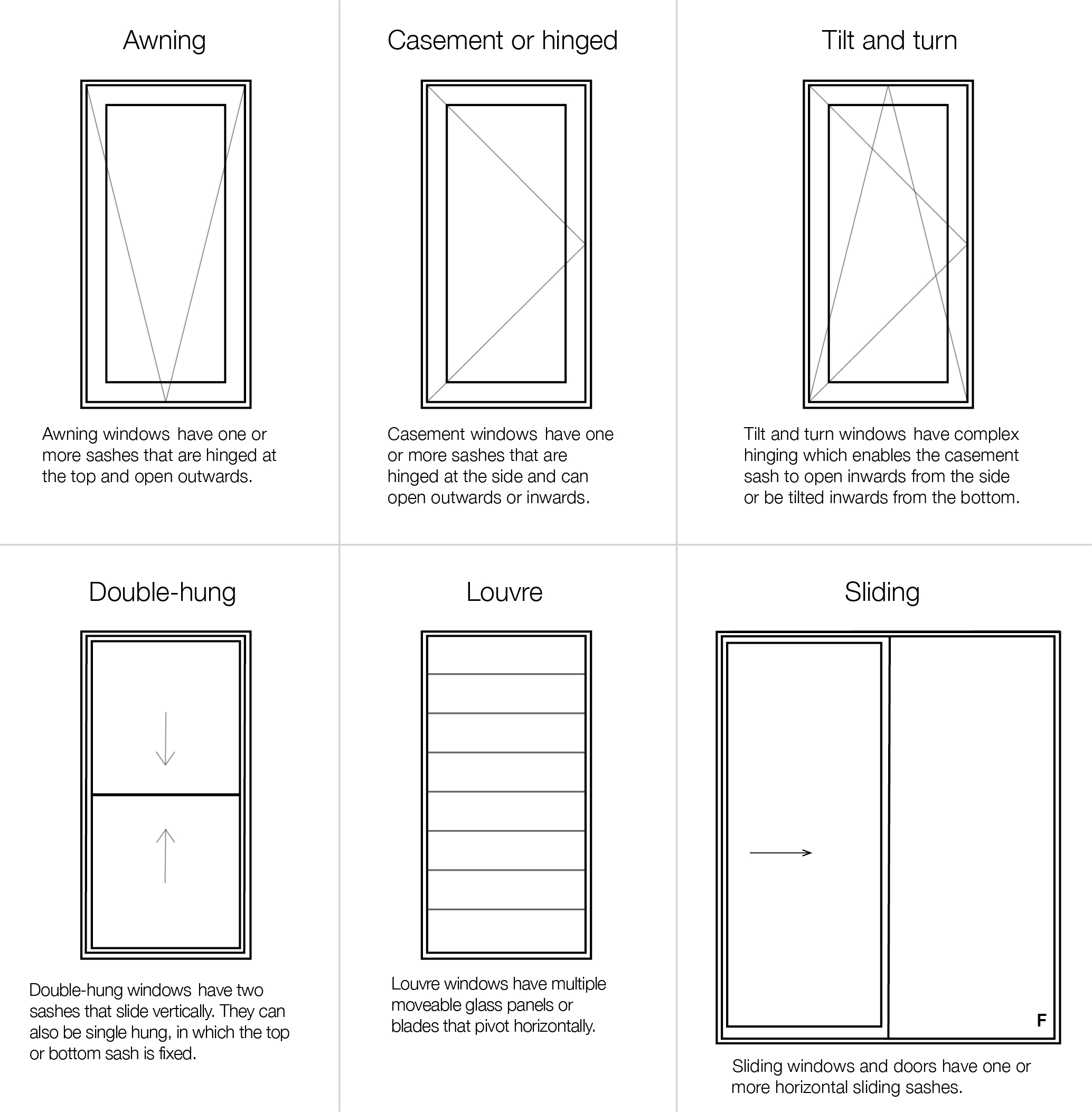All Categories
Featured
Table of Contents
Solace Creations: Home in Merriwa Western Australia
That window can transmit more solar heat in winter than in summertime. A west-facing window on a summer's afternoon has an angle of incidence from near 0 up to 30 with a large effective area of solar radiation. A north-facing window, in summer season, has a high angle of incidence and a low reliable location of solar radiation, so can transfer less heat than a west-facing one.

You can rapidly and easily enhance the thermal efficiency of your house by changing your windows. There are thousands of types of glass and frames to select from.
Double Glazing Vs Triple Glazing: Which Should You Choose in East Perth WA
Single glazing with clear glass is not very efficient when it comes to heat loss or gain. To enhance efficiency, you can utilize single glazing with a more energy-efficient type of glass such as low emissivity (low-e) glass.
Multiple layers can be assembled with sealed cavities in between each sheet of glass. IGUs normally provide better energy efficiency than single glazing, since they transfer less energy. The energy efficiency of IGUs also depends on: the properties of each layer of glass. Different glass types (for example, clear and low-e glass) can be put together in an IGU.
How Double Glazing Can Help Keep Your Home Cool In ... in Highgate Perth

IGU cavities can be filled with air or a more inert, low-conductivity gas such as argon the width of the cavity. Wider cavities supply lower (better) U worths, with 12mm typically accepted as the favored space how well the cavity is sealed.
If argon is set up to the cavity in place of air, moisture is reliably omitted the level of desiccant (drying agent). The spacer (metal or polymer strip) that separates the glass layers includes a desiccant to soak up any wetness. Inadequate desiccant might trigger moisture to condense on the glass surface area in cold conditions, decreasing thermal performance.
Climateframe Double Glazing: Perth's Double Glazed ... in Karrinyup WA
IGUs can deliver much better energy efficiency for all climates, specifically in heated and air-conditioned homes. Cross-section detail of single, double and triple-glazing units Low emissivity glass (commonly called low-e glass) reduces heat transfer. Low-e glass may be either high or low transmission: High transmission low-e glass has a coating that permits daylight from the sun to enter your house to attain great solar heat gain, but reduces the amount of the long wavelength infrared heat that can escape back through the window.
Low-e glass has either a pyrolytic coating or a vacuum-deposited thin film metal finishing. Pyrolytic coverings are durable and can be used for any glazing; vacuum-deposited finishes are soft and are just used within IGUs. Low-e finishings can significantly improve both U value and SHGC; nevertheless, they need to be used properly or they will either weaken or stop working to perform as needed.
Climateframe Double Glazing: Perth's Double Glazed ... in Alexander Heights WA
Low-e finishes can be used in mix with clear, toned or reflective glass. Low-e coverings on glazing can decrease heat transfer where needed Image: Department of Market, Science, Energy and Resources Toned glass has colouring ingredients consisted of during manufacture. It is offered in different colours, generally bronze, grey, blue and green.
Table of Contents
Latest Posts
How Are Double Glazed Windows More Energy Efficient? in Helena Valley Perth
Why Should You Have Double-glazed Windows This Summer? in Secret Harbour WA
Double Glazed Windows Brisbane in Mosman Park Western Australia
More
Latest Posts
How Are Double Glazed Windows More Energy Efficient? in Helena Valley Perth
Why Should You Have Double-glazed Windows This Summer? in Secret Harbour WA
Double Glazed Windows Brisbane in Mosman Park Western Australia